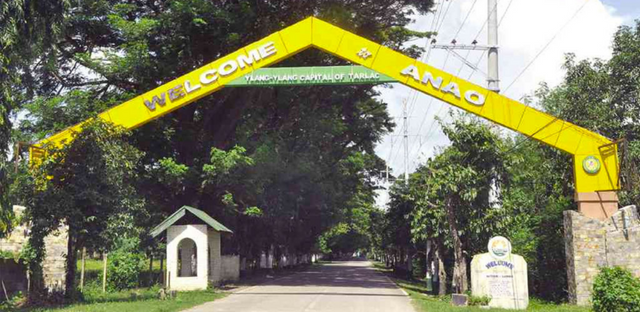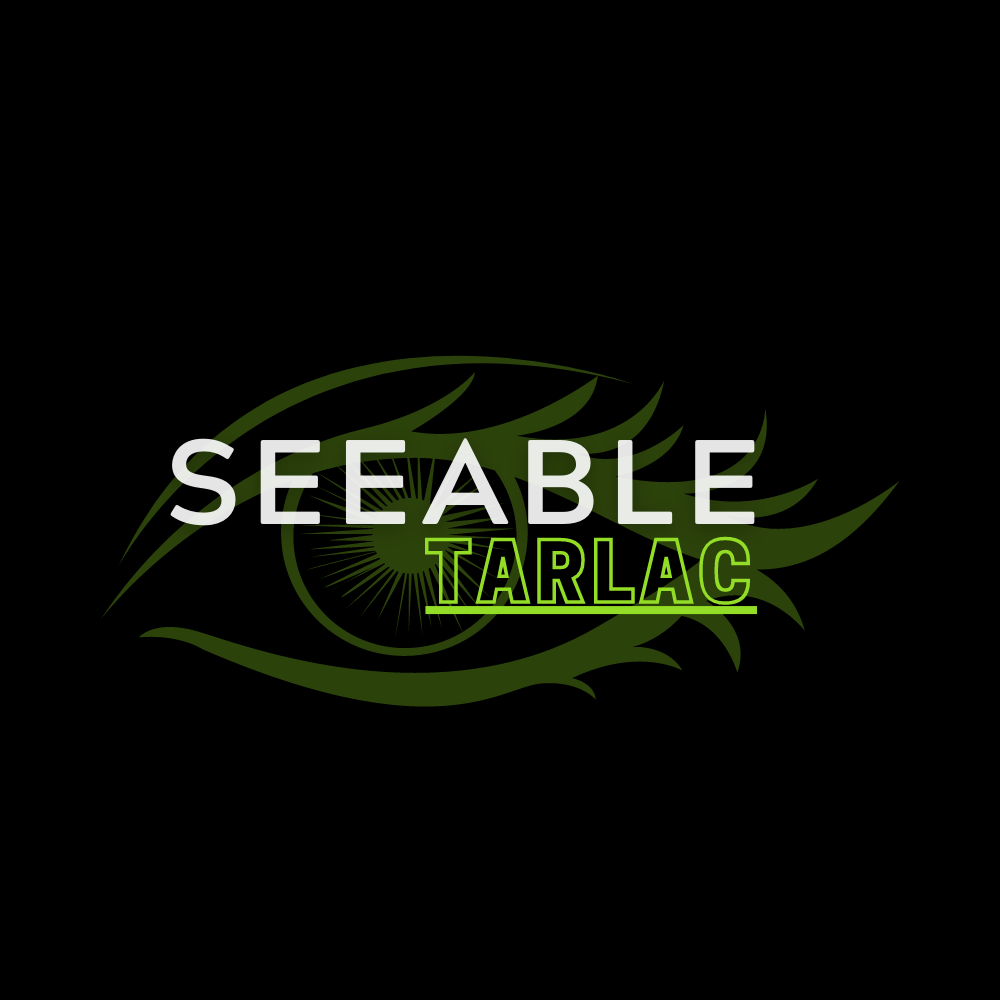Destinations


Team Seeable
Anao Town Center
The smallest town in terms of land area, Anao is a relatively an old town having been organized into a municipality as early as March 16, 1870. But even before that, the history of Anao dates back much earlier. The area where Anao is now located was formerly a part of Pangasinan but was made part of the Province of Tarlac when it was created during the Spanish rule in early 1800s. Accounts have it that in the early 1800s, the area where Anao is now located was uninhabited. The area was crisscrossed with creeks and had lush vegetation particularly balete, a variety of ficus that grew in abundance along the banks of the creeks. Settlers from the Ilocos Region in the north began moving southward and the first group of people to inhabit the place were said to have come from Paoay, a municipality of Ilocos Norte. This small group of immigrants settled along the banks of the creeks and began clearing the area for agricultural activities. The place proved productive and soon word about the new place spread and more people from the north came to settle in the area. During this period, the municipality of Paniqui began extending the road that leads to the direction of Anao and before long, laid claim to the community as one of its barangay. The people willingly accepted the inclusion of their place as a part of Paniqui. As years went by, the population of Anao increased and so did the physical area. In the year 1870, the people of Anao submitted a petition for the conversion of their barangay into a municipality. The same was approved. Then the revolution came. The municipality, finding it difficult to sustain the status, filed another petition asking for the reversion of the status of Anao into a barangay of Paniqui. Again, this was approved. In 1899, Anao was to become a municipality for the second time. It was then a 7th class municipality. Accounts as to how the place eventually became known by its present name are varied. One account is that the name was derived from the Pangasinan word danao which means pond, lagoon, or shallow water. Some residents, though, maintain that the name of the town came from the word anaoang, a native type of boiler used for cooking sugarcane juice into sugar. Still a third and probably the most popular version of how the town got its name is the accounts that Anao came from the word anahaw, a kind of palm tree that grew abundantly in the area during early times.
Social Accounts:
- Tel. No.: (045) 606-90-11
- Website: http://www.anaotarlac.gov.ph
- Email: municipalityofanao@yahoo.com
- FB Page: Bayan ng Anao